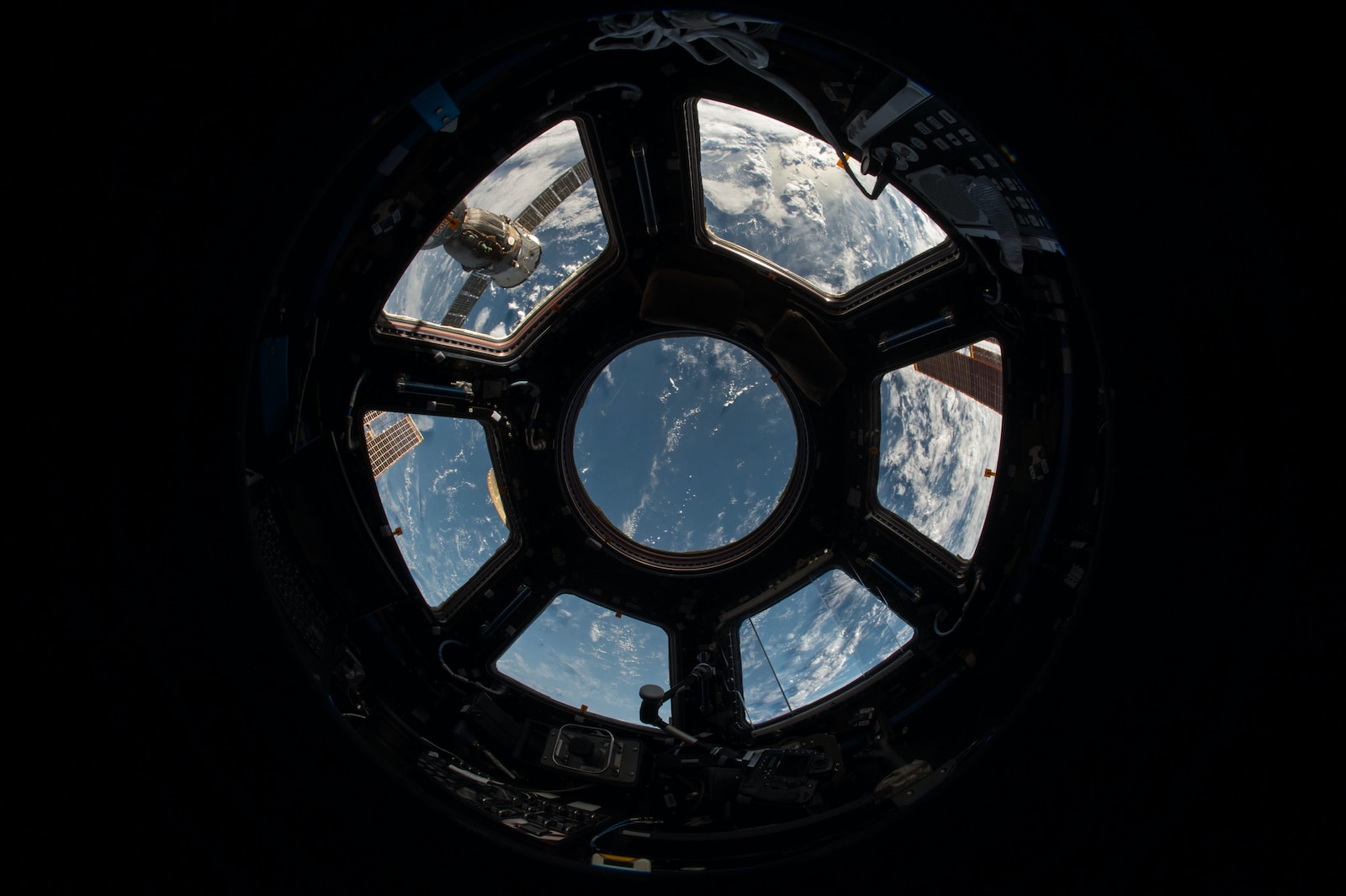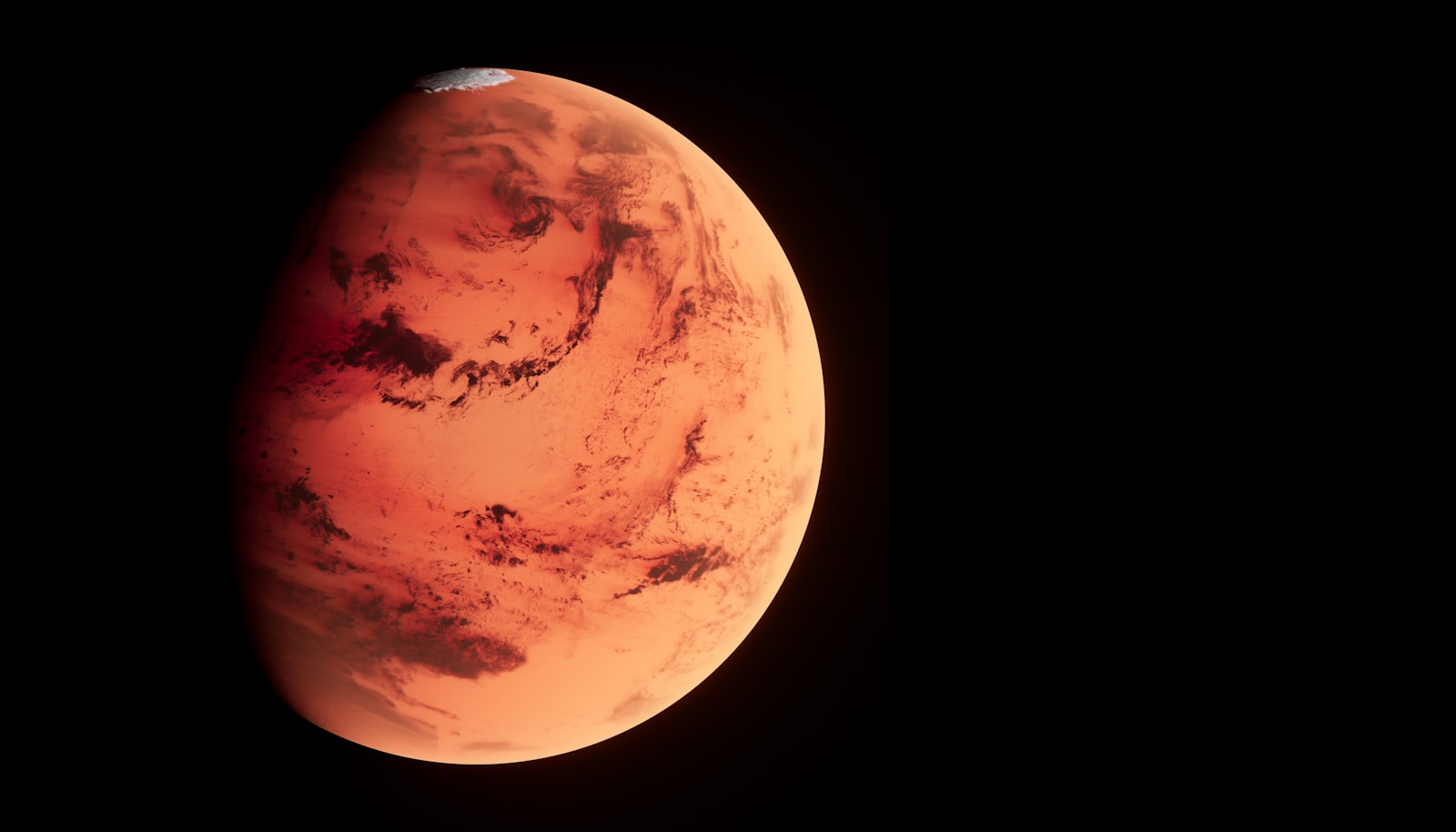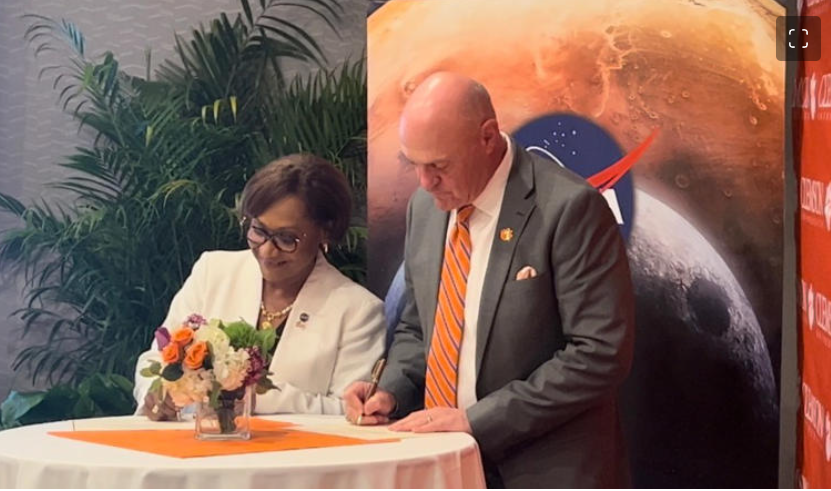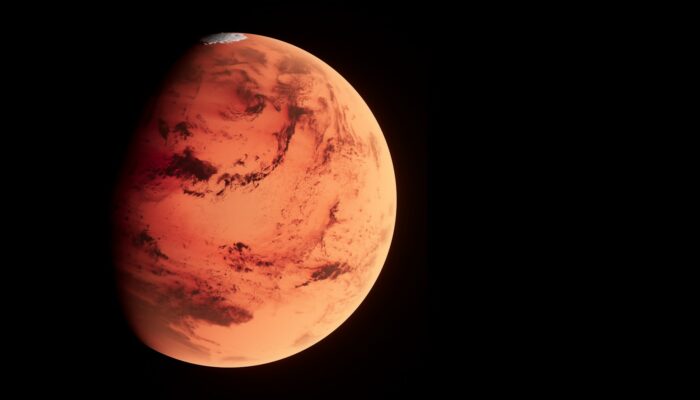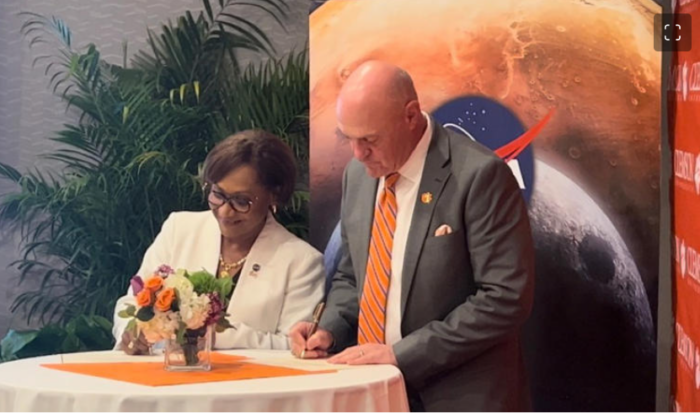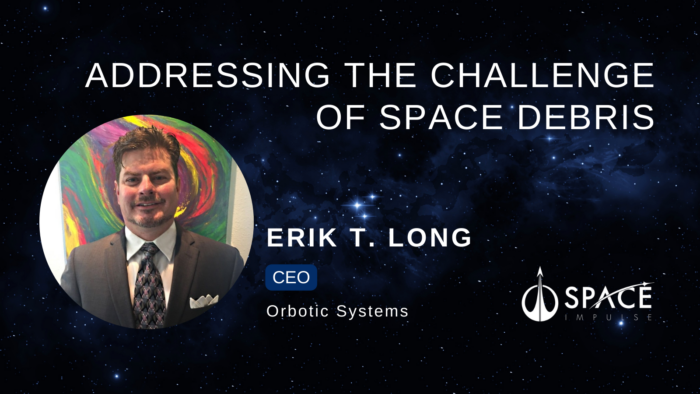Insider Brief:
- NASA and the Mohammed bin Rashid Space Centre (MBRSC) of the United Arab Emirates (UAE) have unveiled plans for MBRSC to contribute an airlock to Gateway, the first space station to orbit the Moon.
- Under the agreement, MBRSC will provide the Crew and Science Airlock module for the Gateway Space Station, along with a UAE astronaut to fly on a future Artemis mission
- The airlock will serve as a critical component, facilitating transfers of crew and scientific research between Gateway’s pressurized modules and the vacuum of space.
NASA and the Mohammed bin Rashid Space Centre (MBRSC) of the United Arab Emirates (UAE) have unveiled plans for MBRSC to contribute an airlock to Gateway, humanity’s inaugural space station to orbit the Moon. This move is part of NASA’s Artemis program, aimed at facilitating long-term lunar exploration for the benefit of global scientific progress.
Under the agreement, MBRSC will provide the Crew and Science Airlock module for the Gateway Space Station, along with a UAE astronaut to fly on a future Artemis mission as announced by NASA. Vice President Kamala Harris, as Chair of the National Space Council, emphasized the significance of international cooperation in space, highlighting the strategic alliance between the U.S. and UAE.
NASA Administrator Bill Nelson hailed the collaboration as a historic moment, marking a new era in human space exploration. The airlock supplied by MBRSC will enable astronauts aboard Gateway to conduct groundbreaking scientific research in deep space, positioning humanity for future missions to Mars. Additionally, MBRSC will offer engineering support for the lunar space station’s lifespan.
The airlock will serve as a critical component, facilitating transfers of crew and scientific research between Gateway’s pressurized modules and the vacuum of space. This capability not only supports diverse scientific endeavors in deep space but also ensures Gateway’s maintenance and operational functionality.
Gateway, envisioned as a hub for sustained exploration and research in deep space, will provide a living and working space for astronauts. It will serve as a staging point for lunar surface missions and offer opportunities for spacewalks while orbiting the Moon.
The collaboration on Gateway extends the existing partnership between NASA and the UAE in human spaceflight. In 2019, Hazzaa Almansoori became the first Emirati in space, collaborating with NASA on the International Space Station. Sultan Al Neyadi, a second Emirati astronaut, joined NASA’s SpaceX Crew-6 mission in 2023, contributing to scientific research on the space station.
This joint effort aligns with the Artemis Accords, a set of principles guiding international space exploration cooperation. As part of the broader Artemis program, NASA aims to land the first woman and the first person of color on the Moon, paving the way for a sustained lunar presence and laying the foundation for the first human missions to Mars. The collaboration with MBRSC adds a new dimension to the diverse and broad coalition of nations participating in humanity’s exploration of deep space.
If you found this article to be informative, you can explore more current space industry news, exclusives, interviews, and podcasts.
Share this article:
